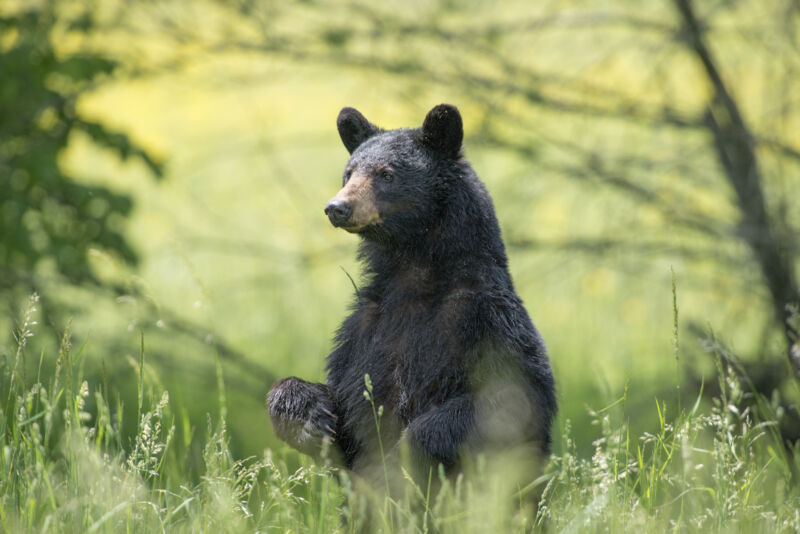Study finds bigfoot sightings correlate with black bear populations

Enlarge / Black bears will frequently stand on their hind legs, which may increase their misidentification. (credit: Wirestock)
The idea that North America is home to a completely unknown primate species just doesn't seem to go away. Years after everyone started walking around with high-quality cameras in their phones, there still haven't been any clear images of a bigfoot. But that hasn't stopped a steady flow of purported sightings.
Now, someone named Floe Foxon has followed up on an earlier analysis and checked for factors that could influence the frequency of bigfoot sightings throughout North America. The results suggest that there's a strong correlation between sightings and the local black bear population-for every 1,000 bears, the frequency of bigfoot sightings goes up by about 4 percent.
Big (foot) dataIt's easy to see how black bears and bigfoot could be mistaken for each other. Despite their name, the bears come in a wide range of colors, from a golden brown through to a deep reddish one, as well as their namesake black. They're also large animals and will frequently stand on their hind legs to get a better view of their surroundings. They also frequent the forested areas that are supposedly bigfoot's favored terrain. Foxon even quotes a reported bigfoot sighting as saying that pictures were obtained but, "One of the pictures looks like a bear."